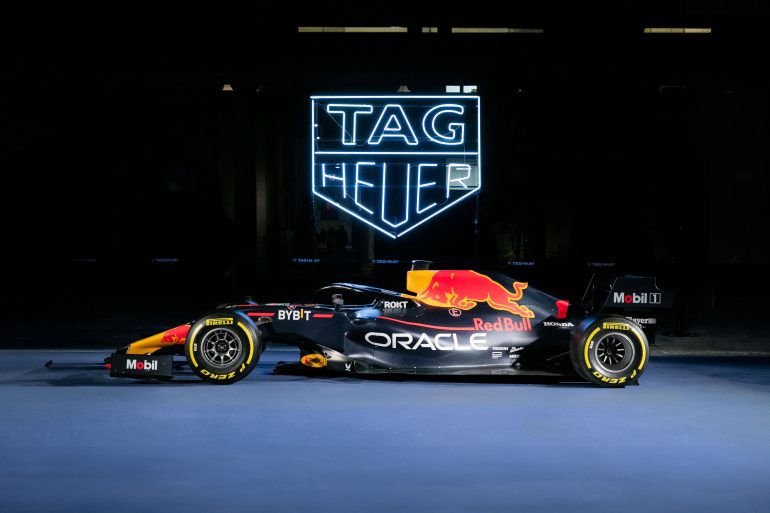Automotive enthusiasts and insiders recently said goodbye to Nicola Materazzi, one of Italy’s leading turbocharging specialists from the mid 1970s, a respected sports car and motorcycle engineer and worldwide know as father of the F40 — due to the fact he has been Chief Engineer for the 1987 Ferrari supercar as well as for the 288 GTO Evoluzione.

Born in a family of doctors, Nicola Materazzi showed an early interest in cars at the age of 4, asking his parents to read him pages of the press articles of the time. During his adolescence he enrolled in the Liceo Classico school in the town where his father was a doctor. In 1961 he built his first go-kart, aged 22.

After high school he spent the summers of 1964 and 1965 in internships at the Mobil Oil refinery near Naples, where he learnt about fuels and the important octane properties of different formulations of gasoline. After a graduation in engineering at the University of Naples, he spent about a year working there as an assistant professor, leaving during the tense atmosphere created by the student protests of 1968. Two years before, in 1966, he attended as a spectator his first Targa Florio, getting extremely fascinated and influenced by agile cars such as the Porsche 904 and Ferrari Dino.

Hired by Lancia in the early 70s, he moved to Turin where he worked as a calculation specialist on chassis, suspension and steering structures. One of his first important experiences included him in the Lancia Stratos rally development team. Later on, as part of the design team responsible for the Group 5 Stratos, he begun his career, aimed to the design and testing of supercharged engines.

In 1978, following the merge of the Lancia and Fiat racing departments, he moved to Abarth following the conception of the Formula FIAT Abarth, a racing series for developing young drivers.
At the end of 1978, he worked at Osella in Verolengo, being design responsible for the Formula 2 before and for their Formula 1 car later on. In 1979 he got hired by Maranello’s racing division as Head of Design/Engineering Office thanks to his specialization in forced induction, which would help the team from the 1980 season onwards. Materazzi was the main engineer responsible for the adoption of turbo engines at Scuderia Ferrari.
He assisted to several production car developments such as the 328 Turbo, 288 GTO, 288 GTO Evoluzione, Testarossa and 412 engines, and was then directed by Enzo Ferrari himself, shortly before his death, to lead the development and creation of the F40.

He also engineered various engines such as the type 268 used by Lancia LC2 and operated for the Scuderia during the Turbo era.

After leaving Ferrari, he joined Cagiva as director of the racing department from 1990 to 1991. During this time he worked on engine and chassis technical developments for the GP500 Cagiva C589, C591 helping riders such as Eddie Lawson, Randy Mamola, Alex Barros & John Kocinski to win more races than the previous seasons.

At the end of 1991 he was contacted by Romano Artioli to take over the Bugatti EB110 project which was in serious difficulty after the departure of Paolo Stanzani. During this time he engineered the switch from the prototype aluminium honeycomb chassis to a carbon-fibre chassis, resolved issues with engine reliability and adapted the torque distribution to improve the vehicle handling. He also played a key role in the specification of the SS lightweight version. In 1994, Materazzi assumed the technical direction of Laverda to work on the new 750cc engine.

The last commitment of Nicola Materazzi as engineer has been, starting in 2000, at B Engineering developing the supercar Edonis which would have clocked up a record speed at Nardò high-speed ring with 359,6 km/h in 2002.














